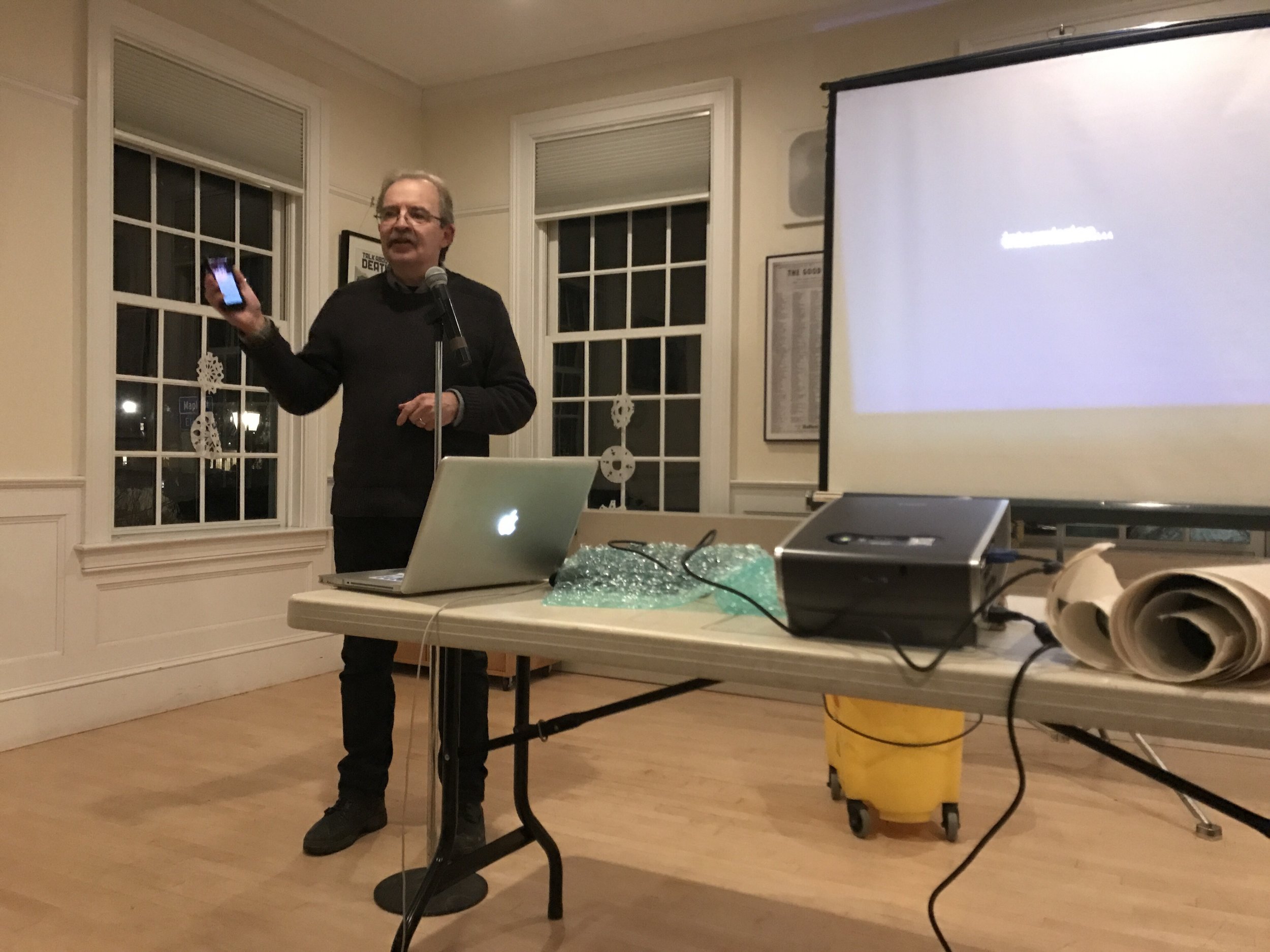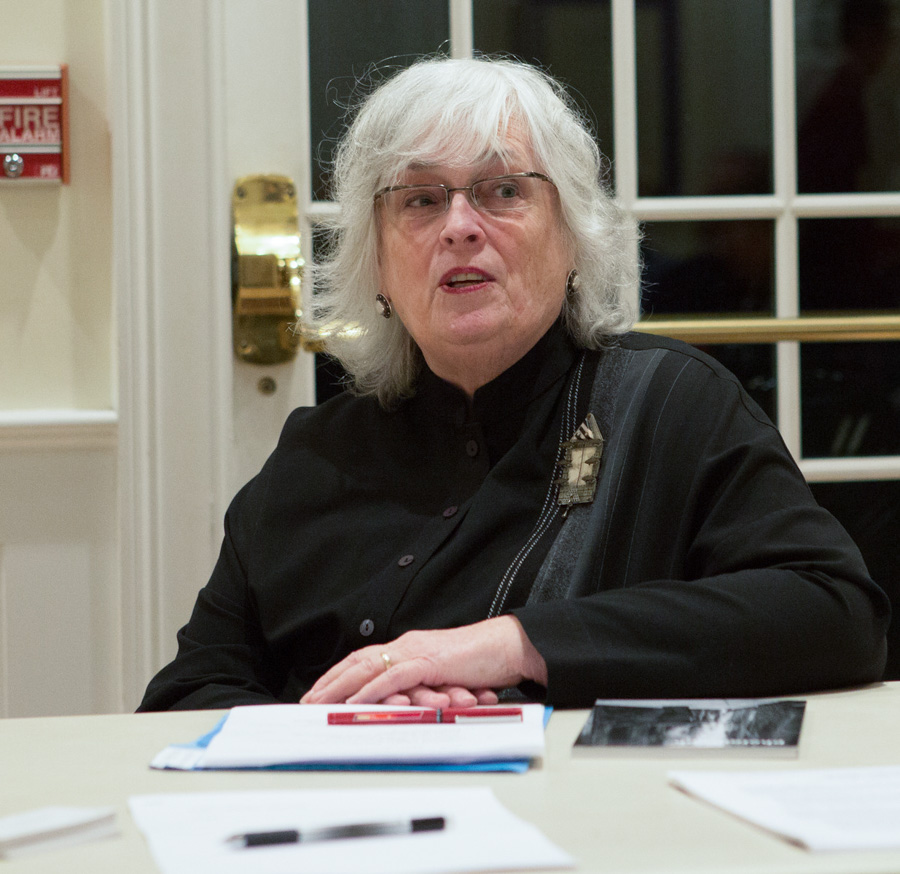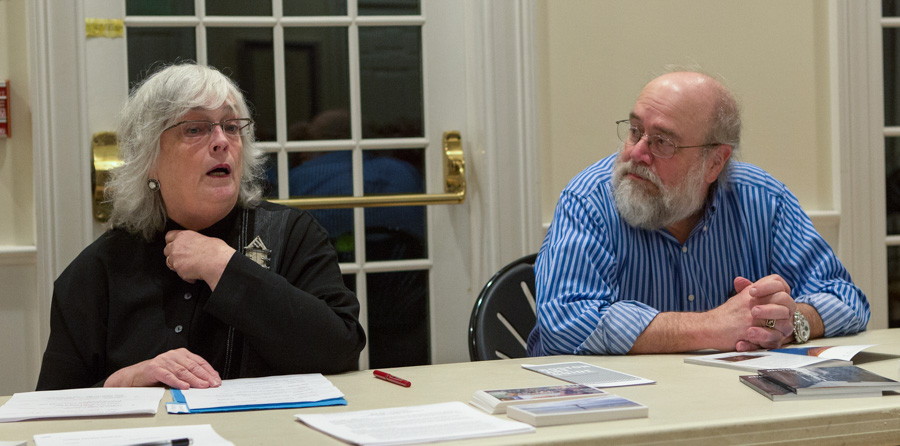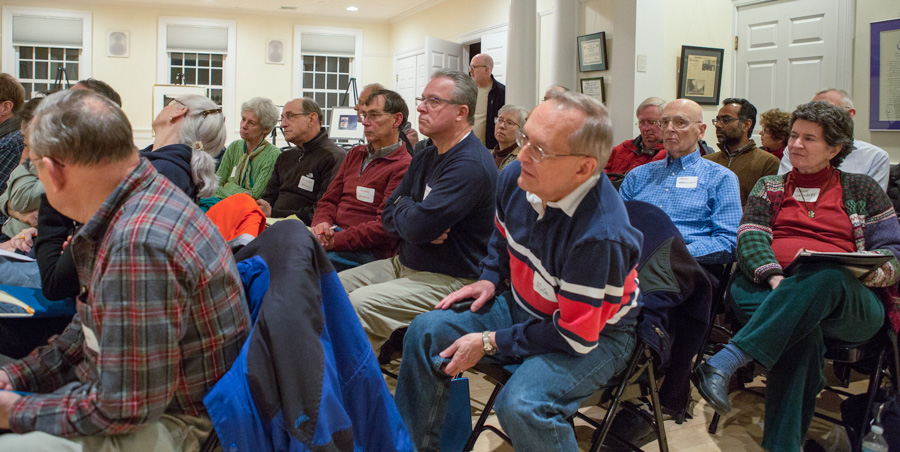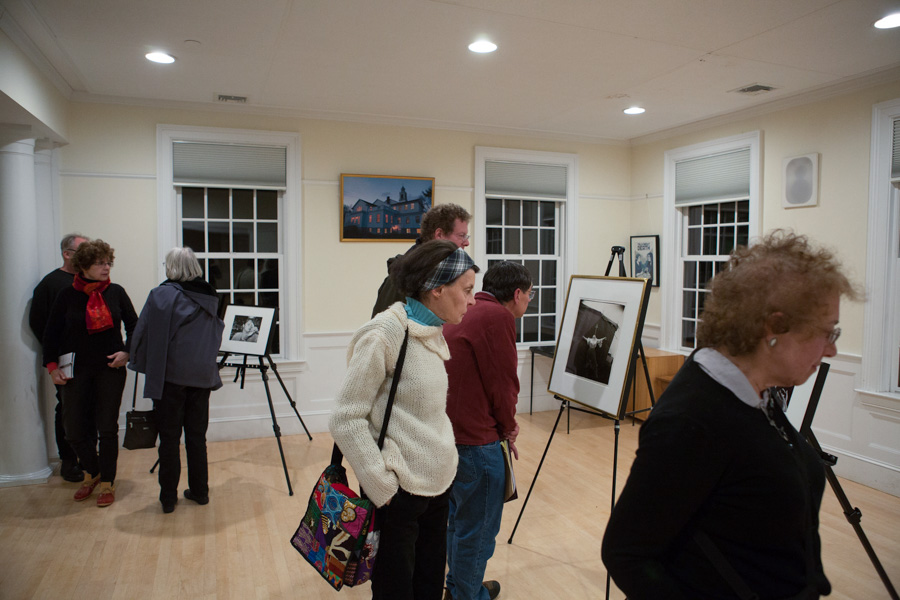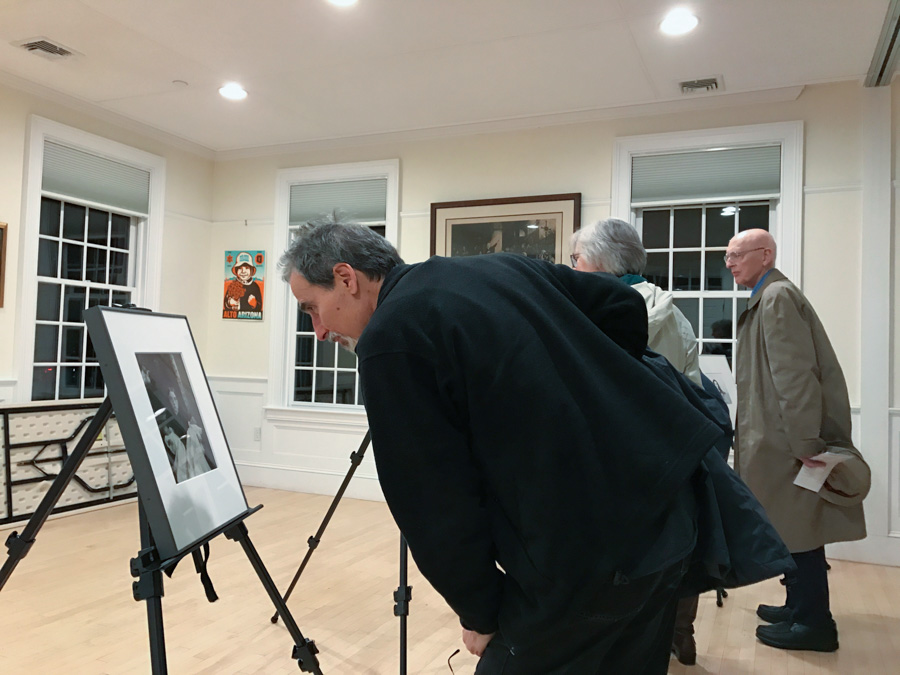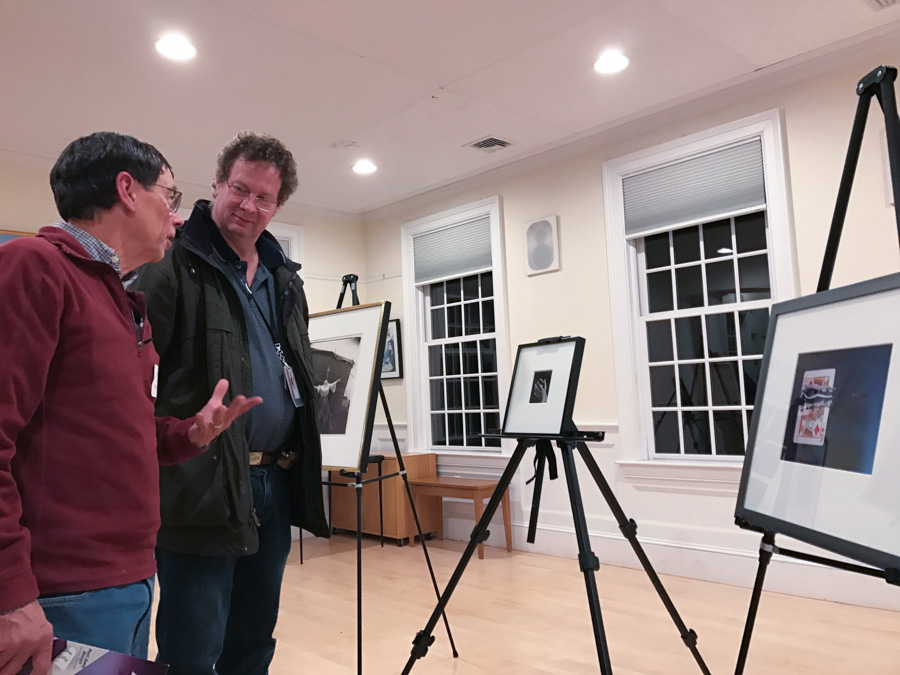The BCA Photo Group will kick off another year full of meetings September 13, 7-9 pm, at the First Parish Bedford, 75 Great Road, Elm Street entrance. The first of five guest speakers for the year is Dominic Chavez, a freelance photographer based in Boston, Massachusetts. Chavez will speak on “Photographing the Human Condition: Finding Your Voice and Telling Your Story”.
Chavez has spent much of his career on the road working in some of the world’s most challenging places. He has recorded the effects of war in Colombia, Iraq, Afghanistan, and Angola; the AIDS crisis in more than a dozen countries in Africa; and the battle to eradicate polio in countries in Africa and Asia. In addition, he has covered stories locally and nationally, focusing on the aftermath of 9/11; homeless populations; and those addicted to drugs.
His professional career includes positions at the Denver Post and the Boston Globe. His work has been nationally recognized with many awards, including the Kaiser Family Foundation’s Media Fellowship as well as the Pictures of the Year competition. Chavez has helped produce eight books and his photographs have been exhibited internationally. He has presented a talk at Tedx Connecticut and has been interviewed on WGBH-One Guest.
The Photo Group is composed of nearly 50 members. Unlike most photo clubs, the Bedford Group is non-competitive, emphasizing education and information sharing. Other speakers schedule to appear during the year include Arlette Kayafas (Nov. 29) and Michael Hintlian (Jan. 10, 2017).
Every other month, the meetings are non-competitive image sharing sessions where members’ work is shown and discussed. Guest “critiquers” from the New England School of Photography and other institutions provide helpful and supportive feedback.
A third series of meetings generally falling on the 4th Tuesday of the month deal with more technical (how-to-do-it) issues. Led by member Dennis Rainville, Mark Levinson, Michael Milicia, and Marv Goldschmitt, these sessions will include information on equipment, image capture, post-processing, printing, and different genres of photography.
Guests are welcome at all meetings.



